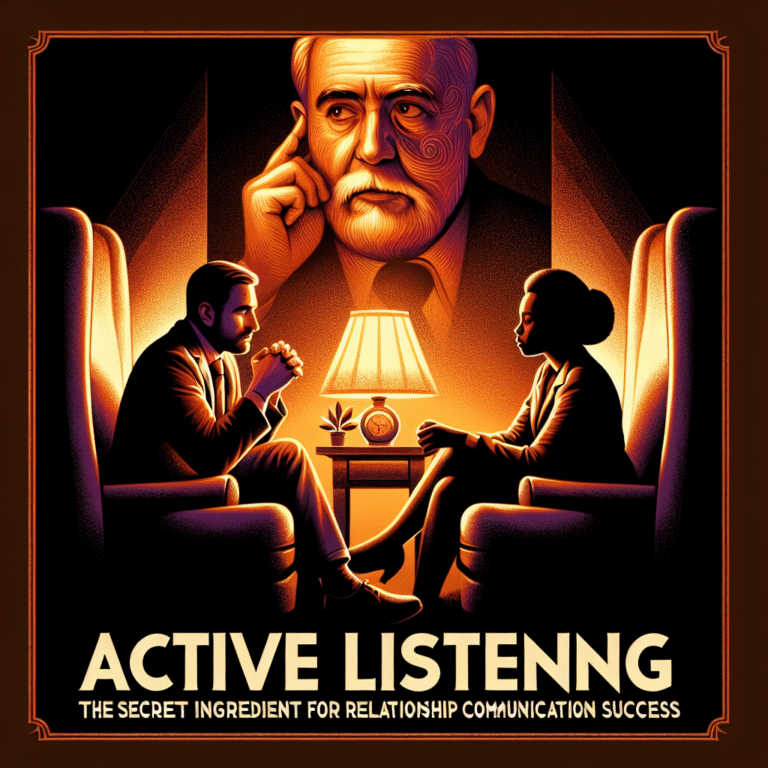
Nudging Towards Wellness: The Proven Power of Behavioral Interventions in Shaping Healthy Living
Introduction
In an age where information about health and wellness overwhelms us, making choices that lead to a better life often feels daunting. You know you should exercise, eat more vegetables, and sleep enough; yet, life has a knack for getting in the way. This is where nudging towards wellness comes into play. Through subtle changes in our environment and the way choices are presented, behavioral interventions reveal the paths of least resistance—making healthier choices easier and more appealing. This article delves deep into how these nudges influence our behaviors, with the ultimate aim of shaping our lives positively.
Are you ready to discover how these small interventions can lead to significant shifts in health and wellness? Let’s explore the fascinating realm of behavioral science and its role in promoting a healthier lifestyle.
Understanding Behavioral Interventions
Behavioral interventions are strategies that influence people’s behavior in predictable ways without forbidding any options or significantly changing their economic incentives. Often falling under the umbrella of “nudges,” these interventions exploit cognitive biases and heuristics that govern our decision-making processes.
The Power of Nudges
Nudges are gentle pushes towards desired behaviors. For example, placing fruit at eye level in a cafeteria can lead to healthier food choices. This concept, introduced by Richard Thaler and Cass Sunstein in their book Nudge, has gained traction across various sectors—healthcare, education, and public policy included. In essence, nudging towards wellness encompasses any modification in the choice architecture that promotes healthier lifestyles.
Why Behavioral Interventions Matter
Promoting Better Choices: Behavioral interventions remain effective because they allow individuals to make better choices without mandating them. Often, people are much less likely to respond positively to commands or directives. Instead, they thrive in conditions where they can choose freely yet are guided gently toward beneficial options.
Cost-Effectiveness: Many behavioral interventions are low-cost and easy to implement. For instance, a simple redesign of a menu can lead to healthier eating patterns without extensive education.
- Building Habits: By integrating nudges into daily routines, individuals can build sustainable habits over time. For instance, routine reminders about daily exercise or hydration can create lasting behavioral changes.
Case Studies: Real-World Applications of Nudging
1. Healthy Hospital Meals
Case Study Overview: A hospital in the UK initiated a program that adjusted the presentation of meal options in its cafeteria. By placing healthier foods at the front and highlighting the nutritional benefits of choices, the hospital increased the selection of healthy meals by 25%.
Analysis: This nudging towards wellness minimized the effort required from patients and staff by simplifying the decision-making process while promoting better options. The success of this intervention reinforces the potential for small environmental changes to create significant health outcomes.
2. Food Stamp Programs
Case Study Overview: In the United States, a study was conducted to evaluate the effectiveness of a behavioral intervention aimed at increasing fruit and vegetable consumption among food stamp recipients. By redesigning the informational brochures to highlight the benefits of healthy eating and offering incentives for purchasing these items, the program resulted in a 30% increase in the purchase of fruits and vegetables.
Analysis: Here, nudging towards wellness not only influenced behavior but also created a financial incentive, making healthier choices more accessible. This scenario illustrates the synergy between nudges and economic considerations in shaping consumer behavior.
3. Workplace Wellness Programs
Case Study Overview: A technology company implemented a workplace wellness program that included default enrollment in fitness challenges and the provision of standing desks. Employees were automatically signed up for health challenges and incentivized through small rewards.
Analysis: The nudging approach taken by this company led to higher engagement rates in physical activities and improved overall employee health. By making participation easy and automated, the company effectively reshaped its culture toward wellness.
Implementing Nudges in Daily Life
Creating Effective Nudges
To successfully nudge towards wellness, consider these key principles:
Simplicity: Make healthy choices straightforward. This could mean decluttering your kitchen of junk food and replacing it with healthier snacks.
Tailoring Options: Customize the nudges based on the preferences of the target group. For example, for children, using fun shapes to present healthy snacks can make a difference.
- Feedback Loops: Implement systems where individuals can track their progress, such as apps that provide real-time data on fitness goals or nutritional intake.
Building a Nudge-Friendly Environment
- Home: Place healthy foods at eye level in the fridge.
- Work: Encourage walking meetings or provide healthy snacks at meetings.
- Community: Advocate for local government initiatives to create better urban designs that promote walking and biking.
Table: Key Elements of Effective Behavioral Interventions
| Element | Description | Example |
|---|---|---|
| Choice Architecture | Designing the environment where decisions are made | Arranging healthier options first in a buffet |
| Incentives | Providing rewards for making healthy choices | Discounts for purchasing fruits and vegetables |
| Feedback | Offering insights into behavior | Fitness trackers that provide data on physical activity |
| Social Norms | Leveraging community influence | Public challenges that encourage group participation in healthy habits |
Conclusion
Nudging towards wellness through behavioral interventions is not merely an academic concept; it is a powerful method that can help individuals lead healthier lives with ease. By strategically designing our environment and choices, we can make healthier options more appealing and accessible.
As you embark on your own journey towards wellness, consider how these nudges are already present in your life. Small changes can lead to monumental improvements. Embrace the art of the nudge—not merely as a tool but as a stepping stone toward a healthier lifestyle, where positive choices become second nature.
FAQs
1. What is a nudge in behavioral science?
A nudge is a subtle intervention that influences decision-making and behavior without removing any options or significantly altering incentives.
2. How can I implement nudging in my daily routine?
You can start by adjusting your environment to make healthier choices easier, such as keeping fruits visible or ensuring your workspace encourages movement.
3. Are nudges effective for everyone?
While nudges are generally effective, individual responses can vary based on personal preferences, cultural contexts, and existing habits.
4. Can nudging impact mental health as well as physical health?
Yes, behavioral interventions can positively influence mental health by promoting activities like exercise or social interaction, which are beneficial for overall well-being.
5. How do I measure the success of a nudging strategy?
Success can be assessed through changes in behavior—tracking improvements in diet, physical activity, or health markers can provide tangible benchmarks for evaluating effectiveness.
Incorporating nudging strategies in your life is not just about making healthier choices; it’s about embracing a lifestyle where wellness becomes an integral part of your daily routine. Take a small step today—because every nudge counts!















